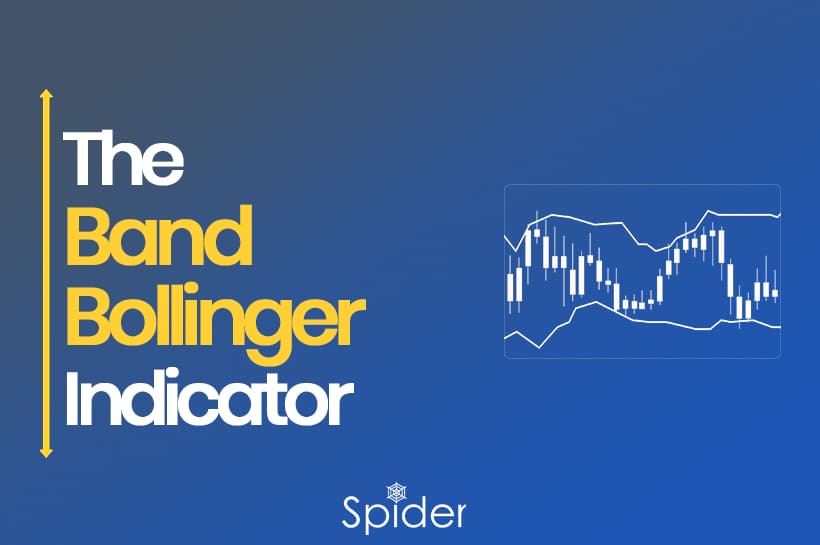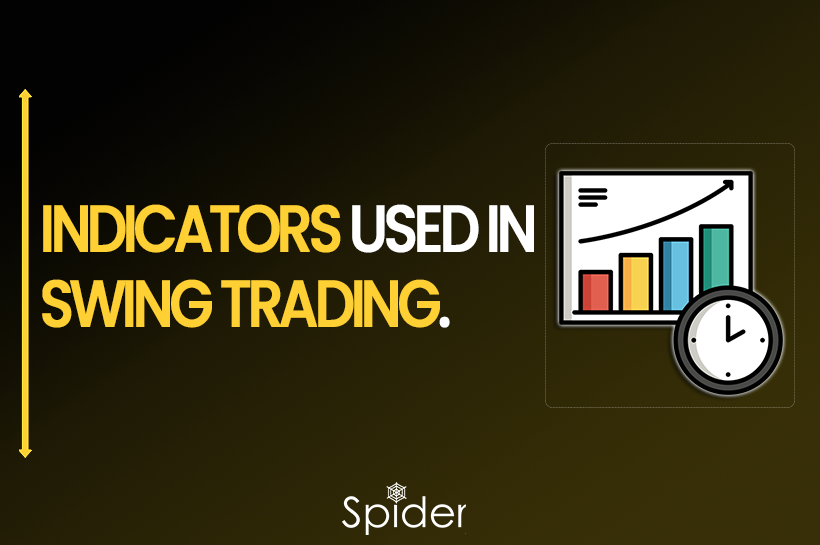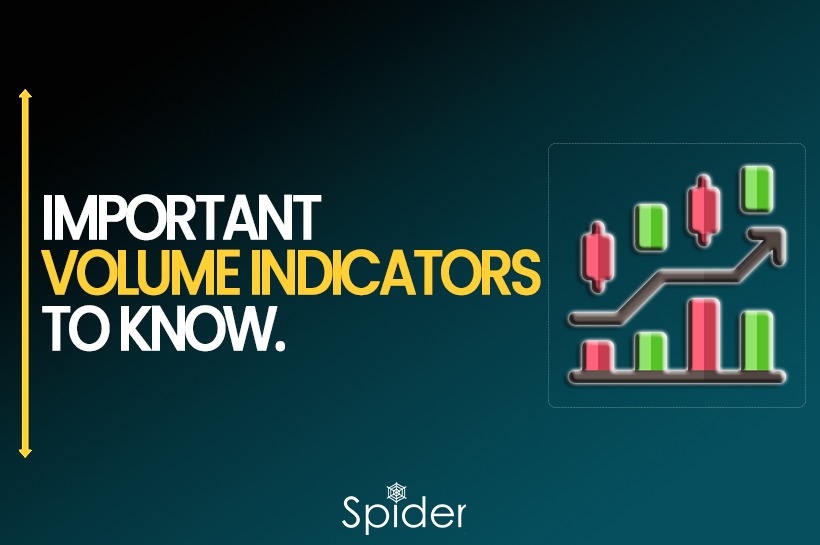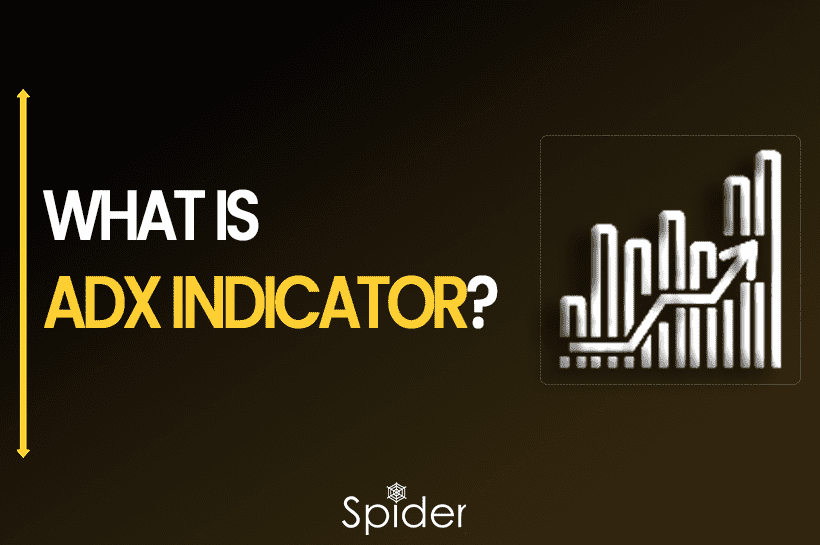If the price moves above the upper band, it’s a signal to buy. If the price moves below the lower band, it’s a signal to sell.
What is Band Bollinger?
Bollinger Bands are a popular technical analysis tool used in trading to measure volatility and identify potential price trends. Invented by John Bollinger in the 1980s, these bands consist of a simple moving average line and two additional lines plotted above and below it, based on the standard deviation of price movements.
How it works?
Identify the current trend: Bollinger Bands can help you determine whether the current price trend is bullish or bearish. If the price is consistently trading above the moving average line, it indicates a bullish trend. Conversely, if the price is consistently trading below the moving average line, it indicates a bearish trend.
Look for price extremes: Bollinger Bands also help identify overbought or oversold conditions. When prices move to the upper band, it suggests that the stock is overbought, while prices moving to the lower band suggest that the stock is oversold.
Confirm with other indicators: Always use other technical indicators, such as the Relative Strength Index (RSI), to confirm overbought or oversold conditions.
Wait for a breakout: After identifying a trend and potential overbought or oversold conditions, wait for the price to break out of the Bollinger Bands. If the price moves above the upper band, it’s a signal to buy. If the price moves below the lower band, it’s a signal to sell.
Manage risk: Always use stop-loss orders to limit losses in case the price moves against you. Also, consider taking profits when the price reaches the opposite band.

How to use Band Bollinger in Spider Software?

Press S -> Select Parametres -> Apple -> OK

Conclusion:
Bollinger Bands trading strategy is an excellent tool for identifying potential price trends, overbought and oversold conditions, and entry and exit points for trades. When used in combination with other technical indicators and proper risk management techniques, it can maximize your profits and minimize your losses.
Disclaimer:
The information provided in this Blog is for educational purposes only and should not be construed as financial advice. Trading in the stock market involves a significant level of risk and can result in both profits and losses. Spider Software & Team does not guarantee any specific outcome or profit from the use of the information provided in this Blog. It is the sole responsibility of the viewer to evaluate their own financial situation and to make their own decisions regarding any investments or trading strategies based on their individual financial goals, risk tolerance, and investment objectives. Spider Software & Team shall not be liable for any loss or damage, including without limitation any indirect, special, incidental or consequential loss or damage, arising from or in connection with the use of this blog or any information contained herein.






